Can We Create An Artificial Brain?
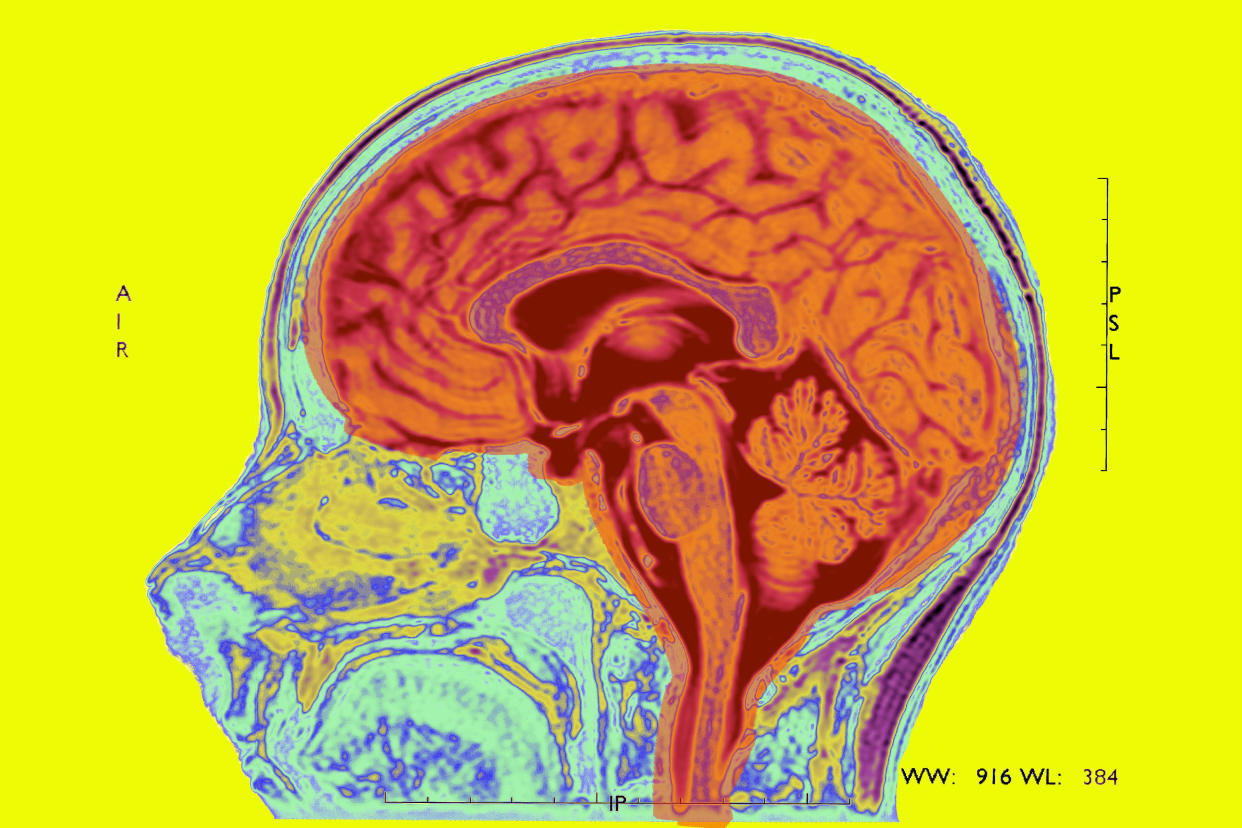
Dr. Miguel Nicolelis is not the kind of person you’d expect to say that something is impossible. After all, he developed a brain-connected exoskeleton that enabled a paraplegic man to deliver the opening kick at the World Cup last year. He used brain implants to give rats a sixth sense (perception of infrared light). And he connected the minds of monkeys, allowing them to accomplish tasks together -- a technology he says could eventually be used to connect human minds into a "brain net."
Yet in his latest book, The Relativistic Brain: How it works and why it cannot be simulated by a Turing machine, the director of neuroengineering at Duke University says that it’s impossible to emulate a human brain in a computer and that efforts to do so are dangerously misguided.
“The brain is not a mechanism; it’s an organism," Nicolelis said to The WorldPost. "And organisms are not built; they evolve according to evolutionary pressures and events that cannot be reasonably predicted."
He is concerned that if we assume that artificial intelligence will one day emulate human intelligence, we will ourselves become more machine-like and will undercut our own biological intelligence.
“I think we’re facing a big danger -- if we keep relying so much on computers, we will begin to resemble our machines,” the Brazilian-born neuroscientist warned. “Our brains will assimilate to the way computers operate, causing a significant reduction in the range of behaviors that we normally produce.”
Technology can change our brains, Nicolelis says, because our brains are “plastic,” meaning neural pathways change in response to our environment and behavior -- a phenomenon scientists call neuroplasticity. If we want to preserve our culture and our way of living, he says, we need to keep track of how technology may be harming aptitudes of the brain.
There are multiple efforts underway to emulate the brain, using algorithms, silicon circuits and even living tissue. Nicolelis focuses his criticism on the Human Brain Project, the brainchild of Henry Markram (video below), which was established in 2013 and funded with a billion euros by the European Union. Numerous other neuroscientists have also criticized the project, calling its ambition to model the brain in a supercomputer unrealistic; in response, the project is currently undergoing reform.
Meanwhile, both Google and Facebook are said to be building artificial brains in computers, made up of networks of artificial neurons. Both companies use "deep learning," a form of artificial intelligence meant to closely mimic the human brain, as do a host of other tech companies, including Twitter, Microsoft and Baidu.
Many neuroscientists are skeptical of efforts to reverse engineer a brain, in part due to large gaps in our understanding of how the brain works. Others are more optimistic, such as Winfried Denk, a director at the Max Planck Institute of Neurobiology in Germany, who has invented a brain-mapping technique. He thinks that in roughly 40 years, we could have a method to engineer a digital replica of a person’s mind.
Nicolelis is not alone in his concern about the cognitive impact of relying on technology and artificial intelligence. Among others, author Nicholas Carr has written at length about his concern that computers and the Internet are hindering our ability to read and think deeply. He cites a study finding researchers skimming, rather than reading, online journal articles and two studies -- one on pilots and one on doctors -- finding that reliance on computerized systems weakened the professionals’ performance and skill.
The WorldPost spoke with Nicolelis about reverse engineering the brain and about our reliance on computers and the Internet.
You’ve said the belief that the brain can be emulated denies evolution and implies intelligent design. Explain.
If you would rewind the tape of evolution and let it go again, we wouldn’t be here. Evolution is a huge sequence of random events that can never be reproduced in the history of the universe. The common mistake that computer scientists and some bioengineers commit is that they think the brain was built by some sort of blueprint -- as if there’s a designer who drew up this map. There is no such a thing. And if you have not built the thing, there is no way you can reverse engineer that thing.
The brain -- a self-adapting complex system -- is not amenable to a description by an algorithm. People make a big conceptual mistake regarding the Church-Turing thesis. It was not meant to be applied to the natural world at all, ever. There’s a reason Church and Turing said “computable functions.” Mathematicians are well aware that there are functions that are not computable -- things that cannot be solved analytically -- that cannot be assimilated by a Turing machine. There are natural phenomena that are not computable.
It’s like weather prediction -- or the stock market. People give billions of dollars to try to predict the behavior of the stock market by the microsecond. But the behavior of the market diverges from equations. The same is true with our brains. When people say they are going to create life or create a brain, they are creating something but not life or the brain as we know them.
In a way, the Internet also works like the brain. If you rewind the history of the web, you're not going to get the exact sites, articles and comments that exist online today. However, unlike the brain, we do know how to create the Internet and the stock market; if they both crashed tomorrow, we could start them anew.
Right, you can create a Google, but you cannot predict what I am going to search tomorrow. You can have an average of what people search for online everyday, but you are not going to predict second-by-second the stream of searches. You are never going to describe it using an algorithm. We are not robots. We are not predictable.
But we’re at risk of becoming robotic. And that’s because the brain is continuously adapting to whatever it is exposed to -- the more the exposure, the more the adaptation. Using smartphones, computers and tablets heavily and every single day is altering the way our brains function, including how we sleep. It is affecting the biology of our brains. If this goes on, we will begin to resemble our own machine systems.
There are a variety of human abilities that we are basically throwing under the bus because we are so enamored with technology. For example, research has shown that the posterior hippocampus, a part of the brain important for memory, is bigger in London taxi drivers than in most people. As drivers study for the extremely rigorous test on the city's complex maze of streets, part of their brains actually grows. But now, taxi drivers who rely on GPS won’t experience that kind of growth.
And I think the same is true for all other brain functions, such as attention span. A study this year found that our average attention span has fallen to just eight seconds -- down from 12 seconds in 2000. For comparison: the goldfish is believed to have an attention span of nine seconds.
Because of overuse of screens, more and more people are being diagnosed with computer vision syndrome, which causes blurry vision and fatigue. And because we are typing so much, our handwriting is deteriorating quickly. And I’m not sure it’s okay for kids to learn to use a tablet before they even know how to speak or write. In fact, more than one study has indicated that kids more effectively learn letters by writing them than by typing them.
Not only will we lose aptitudes; we’ll lose diversity. Because we all use the same technology to guide our decisions, we will all behave more alike. That’s because computers cannot view ambiguity. They have white or black -- one or zero. They are strict in the way they process. If you give situation X to a computer, the answer will be Y no matter what. And that’s dangerous because the richness of our culture is made up of non-computable behaviors that make us human.
Love HuffPost? Become a founding member of HuffPost Plus today.
If we want to preserve the human condition and human culture, we have to preserve our sense of humor and our social skills. Technology is changing the way we socialize. And this goes far beyond what happened when Gutenberg invented the printing press. This is on a scale and volume that is unprecedented.
A computer will never produce intuition, for example. The famous mathematician Kurt Gödel showed that mathematicians need something beyond the numbers: namely, intuition. You use intuition when you are writing or researching an article -- not to mention your prose. If you enlist a computer to compose text, it’s going to be much dryer, less semantic, less rich. There will be no subtleties, no metaphors, no second meanings and so no irony, and no second-guessing.
The bottom line is that aptitudes of the human brain are unique to the human brain. We need to focus on preserving them rather than replacing them.
Nicolelis’ comments have been edited for clarity. This is part of the WorldPost Series on Exponential Technology.
Also on WorldPost:
Sensory Superhighway
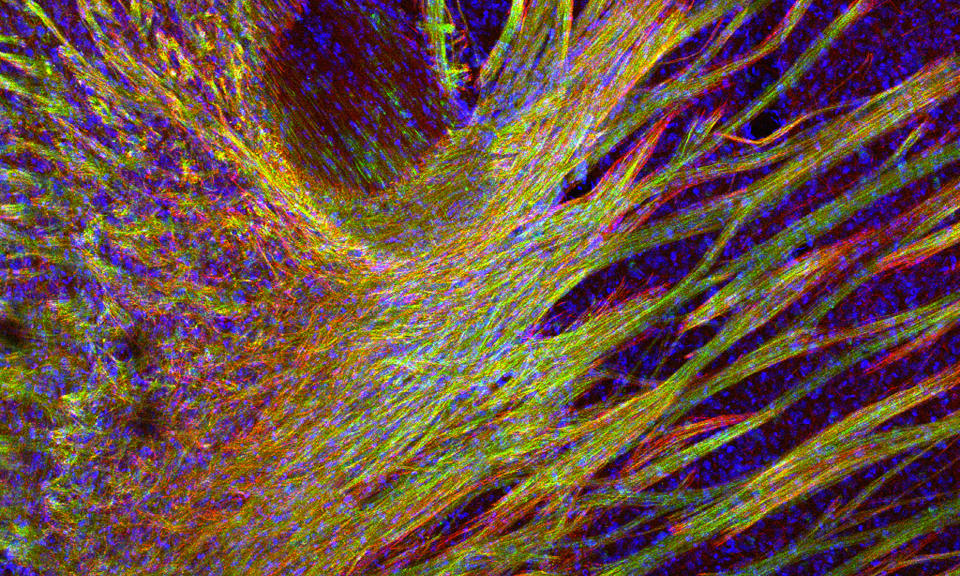
Navigating Axons: A Circuitous Route
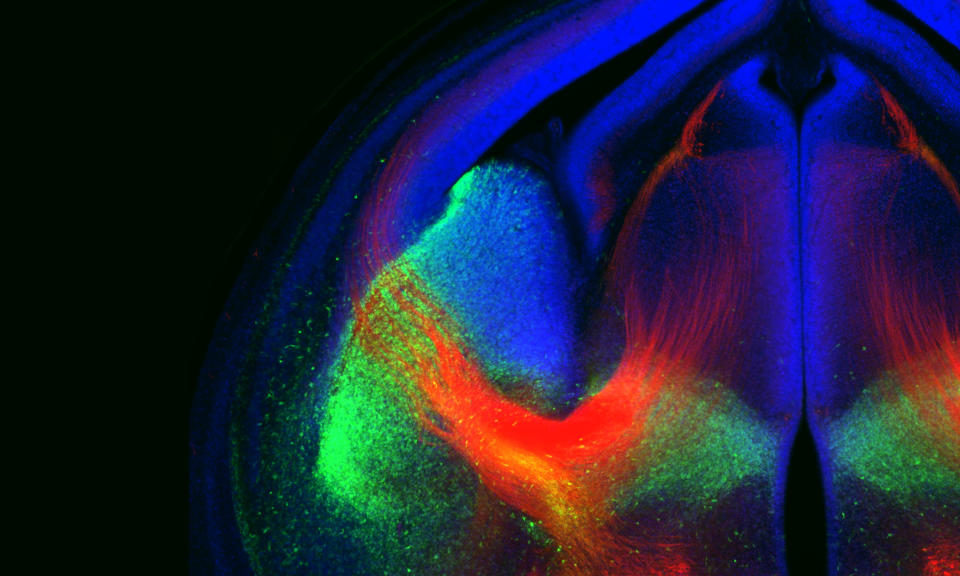
Glial Grandeur
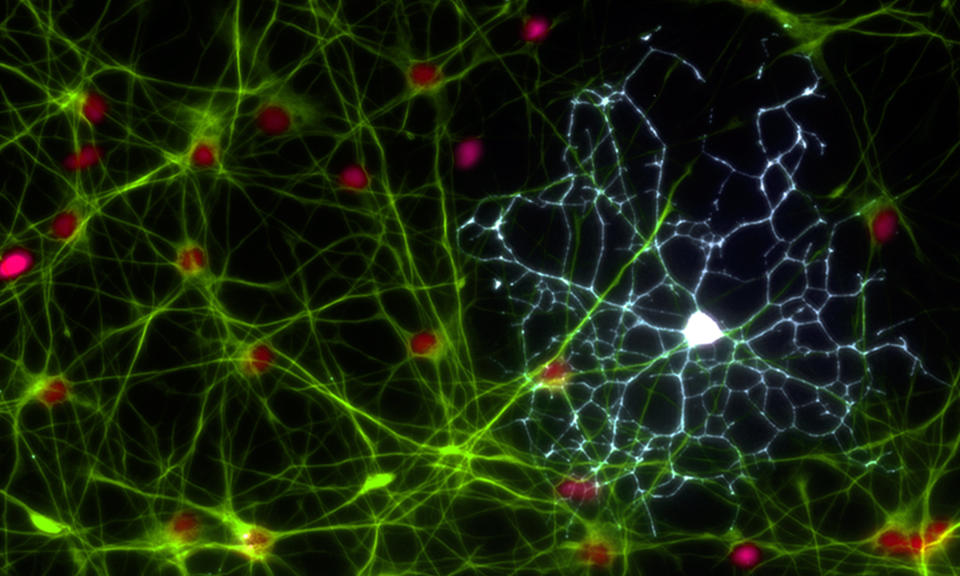
Female Mosaic

Breakdown In Communication
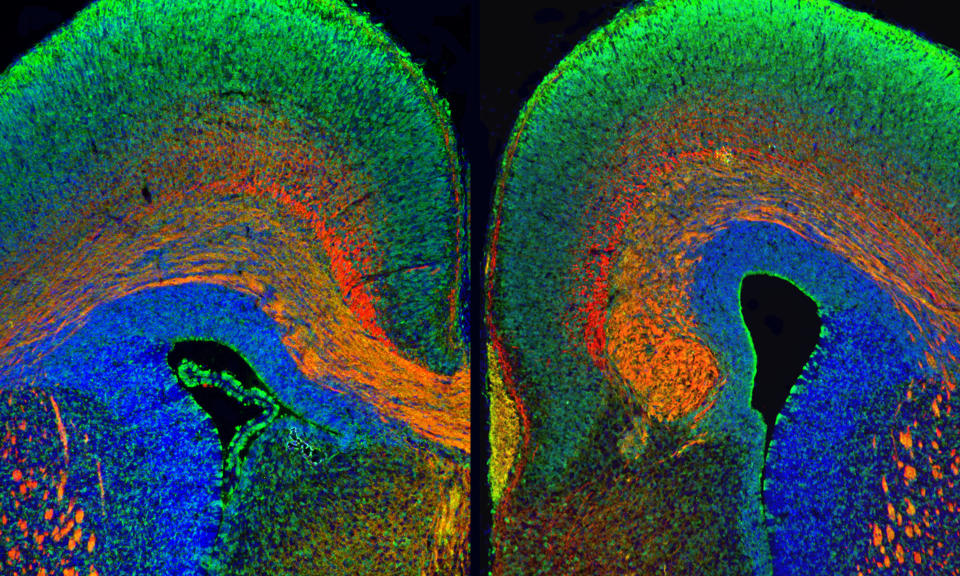
The Astrocyte
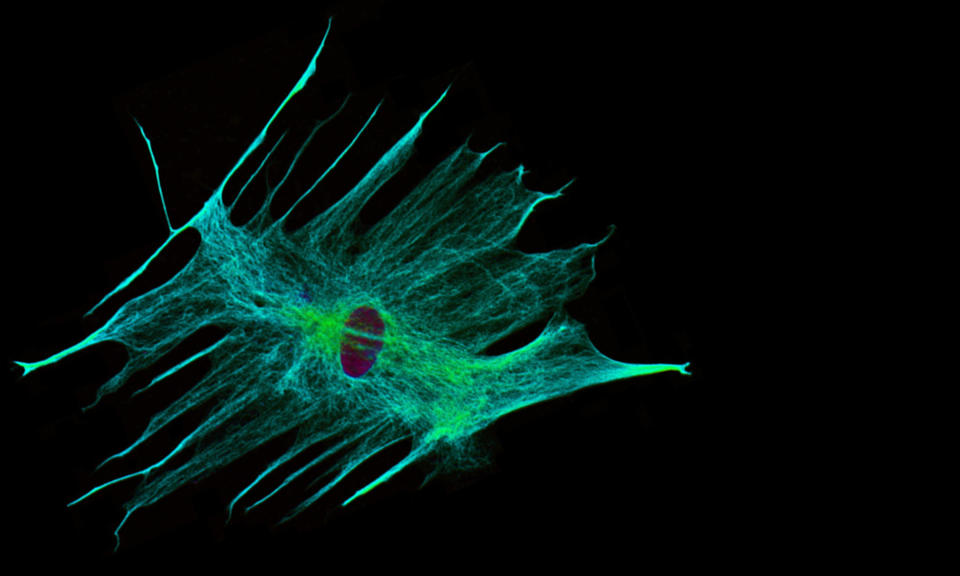
Neuron Networks

Wiring The Brain
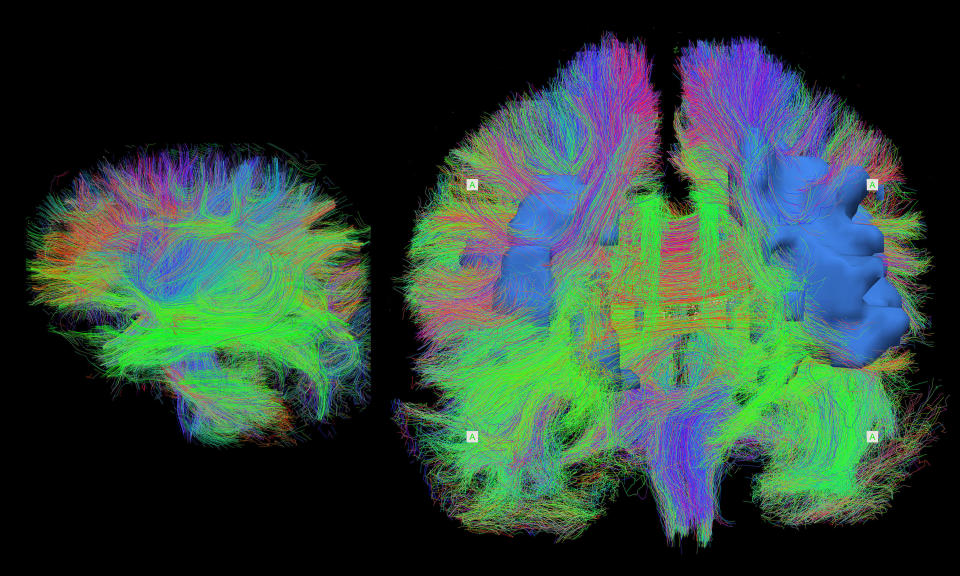
An Electron’s View Of The Brain
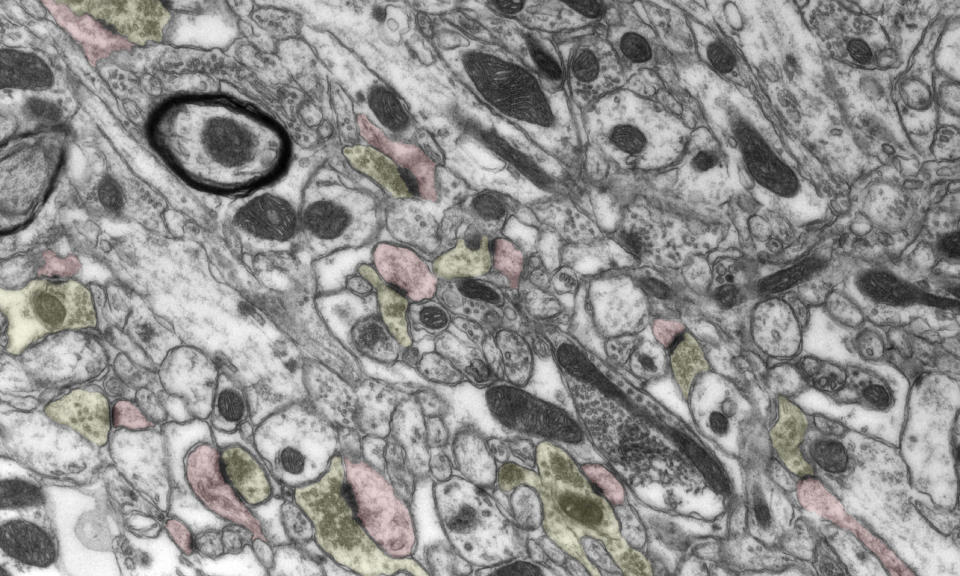
Circuit Building Block

Encoding Space
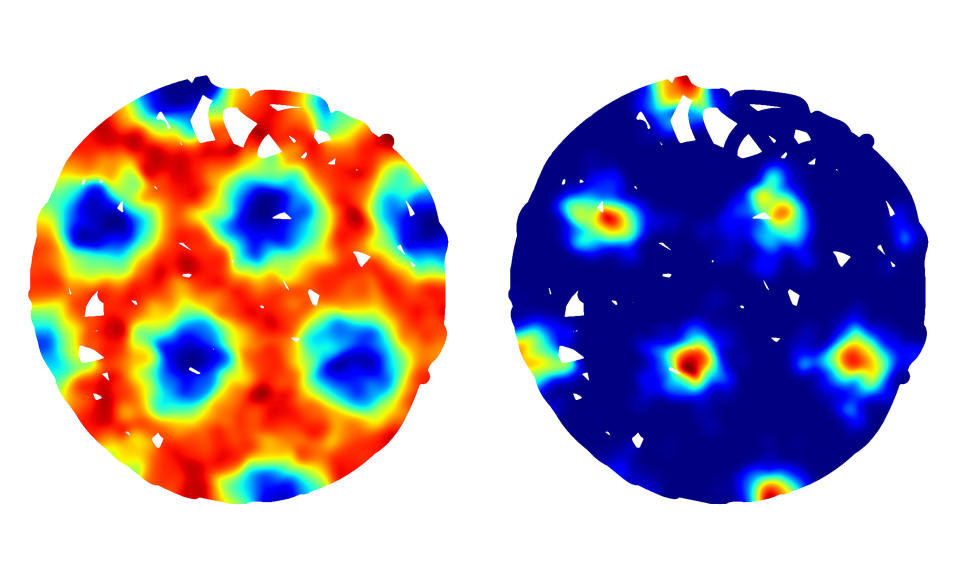
The Egg: Mendel's Moment
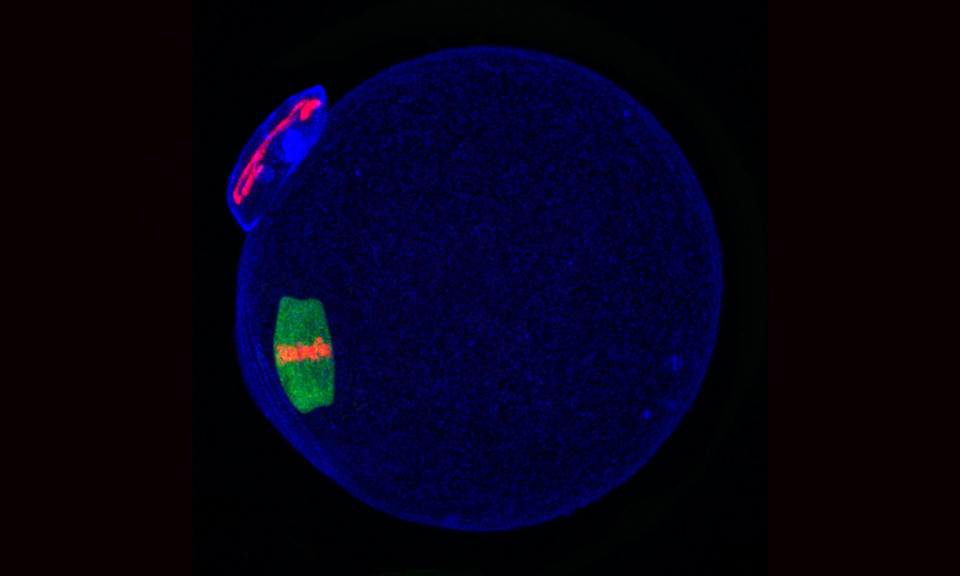
Regenerating Spinal Cord

High Fidelity

The Seahorse
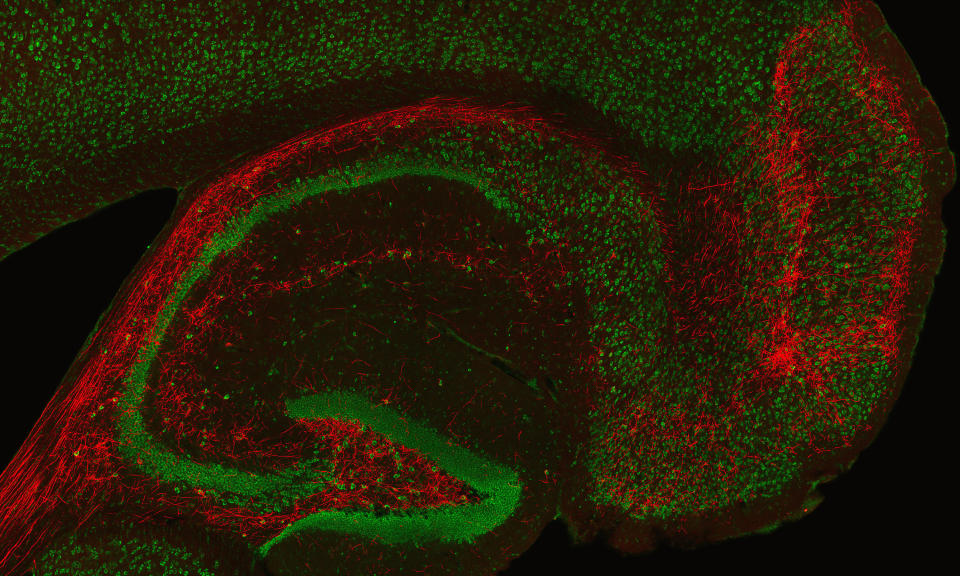
A Fragile Balance

This article originally appeared on HuffPost.

